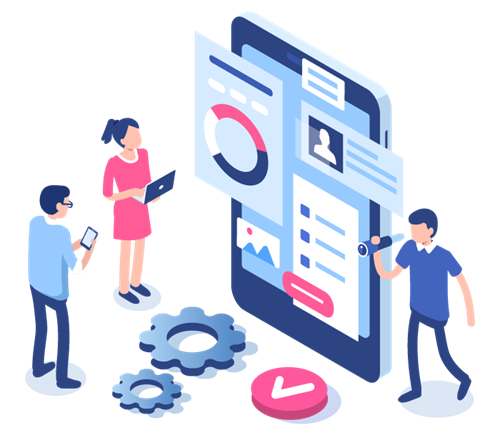Call Center Authentication: Best Methods and Software in 2025
by Kent Mao | Published On April 12, 2024 | Last Updated April 22, 2025

Call centers are getting larger, busier, and more complex than ever. They’re also becoming more popular targets for criminals and fraudsters.
As companies improve their digital security, cybercriminals are beginning to look for new ways to access sensitive data. One way is by calling into call centers and pretending to be someone they’re not. What’s worse, the tools they’re using to commit these crimes are becoming more sophisticated every day.
Luckily, by implementing call center authentication measures, companies can lower the risk of fraud and safeguard their customer data.
Here’s everything you need to know about call center authentication, from methods and best practices to the top software solutions available today.
What is Call Center Authentication?
Call center authentication is a security process used to verify the identity of callers when they contact a customer service or support center. It can include the use of passwords, security questions, voice biometrics, and a range of other security methods.
Call center authentication gives companies the tools they need to protect sensitive customer data, ultimately preventing fraud and other malicious activities.
When used correctly, call center authentication can help:
- Ensure compliance with data privacy and security regulations.
- Establish trust between consumers and businesses, reducing customer churn.
- Fight back against the rising issue of call center fraud.
- Protect businesses from damage to their reputation and legal fines.
Passive vs. Active Authentication
Passive and active authentication are two different approaches used to verify the identity of callers.
As the name suggests, “passive” authentication involves gathering data from the caller without asking the caller to do anything. This could involve using the caller's voice patterns, how they behave, or recognizing the device they are calling from. On the other hand, active authentication requires the caller to actively participate in the verification process by doing things like typing in a PIN or answering security questions.
While passive authentication offers a more seamless experience for customers by authenticating them in the background, active authentication may be necessary for higher risk transactions or when additional verification is required.
Both approaches have their advantages, and they can even be used together to provide a more secure method of authentication.
Call Center Authentication Methods
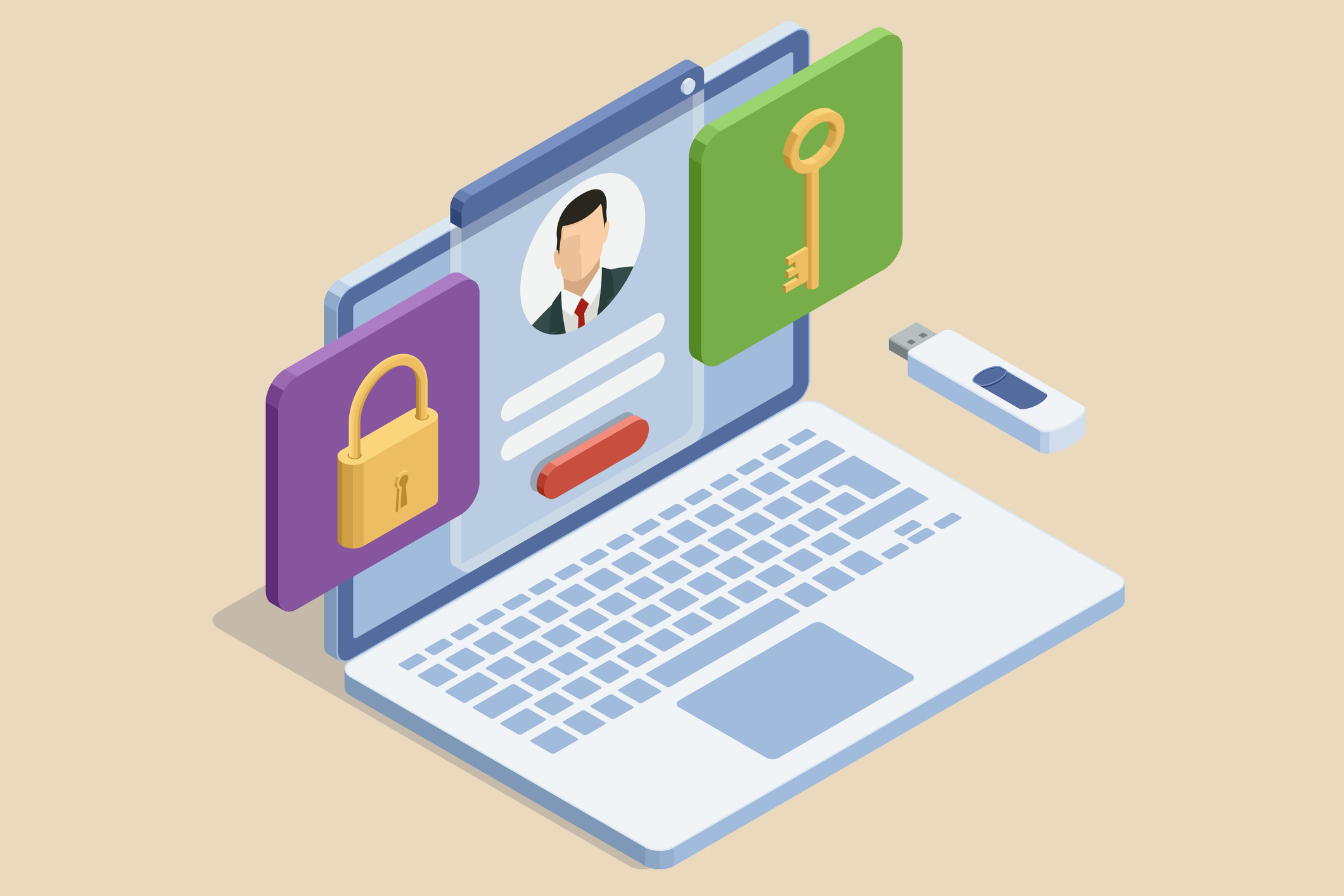
There are many ways to authenticate and validate callers in a call center, and not all of them are appropriate for every situation. For example, transactions in high-risk industries, such as healthcare and banking, will require more secure methods of authentication than others.
Even still, as security risks become more common and widespread, many companies are starting to combine multiple authentication methods and follow stricter protocols for data protection.
The most common authentication methods for call centers include:
ANI Matching and Validation
Automatic Number Identification (ANI) matching and validation is a technique call centers use to verify who is calling by looking at the caller's phone number. ANI data works like caller ID but is used to recognize the caller's phone number even before the call is picked up.
By matching this ANI data with information stored in the call center's database, you can easily validate the identity of callers. ANI matching and validation is often the first line of defence against spoofing and other fraudulent activities.
Knowledge-Based Authentication (KBA)
Knowledge-based authentication is one of the most common methods used in call centers to identify a caller. Agents ask customers questions based on their personal information to ensure they’re speaking to the right person.
There are two types of knowledge-based authentication: static and dynamic. Static KBA involves predefined questions and answers that the caller has set up beforehand. For example: "What is the name of your first pet?" or "What is your mother's maiden name?"
Dynamic KBA generates questions based on information that is not shared or set up in advance by the caller. Instead, the information is usually taken from the caller’s behavior or transaction history. This could include questions about recent transactions or previous addresses linked to the account.
Multi-Factor Authentication (MFA)
Multi-factor authentication is a security method that requires callers to provide two or more verification factors to prove their identity. For example, instead of simply giving an agent a password when you call a contact center, you might be asked to share your password along with a one-time passcode sent to your smartphone via SMS.
By using multiple steps for authentication, MFA significantly enhances security and makes unauthorized access much harder. Some MFA solutions can leverage advanced authentication methods, from biometric voiceprints to specific dialing patterns, and combine both passive and active authentication processes. This helps to reduce risks by ensuring that criminals can’t access account details with just a single data point.
Biometric Authentication
Biometric authentication involves using biometric data, such as your voice, to validate a caller’s identity. This method provides a more secure and efficient way of authentication compared to traditional methods like passwords or PINs.
While biometric authentication can also involve fingerprint and facial recognition, the most common approach used in call centers is voice biometrics. Voice biometrics involves analyzing a person’s unique voice characteristics, also known as a voiceprint.
Biometrics offer a high level of security because they’re difficult to replicate, and they can also allow for a more convenient authentication experience. Some systems can automatically verify a customer’s voiceprint just by asking them to say a specific phrase.
A common strategy used in call centers today involves integrating IVR systems with intelligent tools that can recognize speech and natural language and automatically connect callers based on their voiceprint.
Behavioral Authentication
Behavioral authentication is a new type of call center authentication method. It involves verifying individuals based on their behavior patterns during interactions, rather than relying solely on static information such as passwords or physical characteristics like biometrics.
Behavioral authentication can use a wide range of behaviors to verify an individual. For example, behavioral authentication tools can monitor the way you move your mouse or type words on a keyboard (typing biometrics) to validate your identity. While still a new technology, behavioural authentication is becoming more common in contact centers today.
Social Media Account Verification
In the omnichannel contact center, companies may ask customers to verify their identity using a digital account connected with their profile. For instance, they can ask a user to log into their account using their social media credentials. The call center system then checks if the login is successful and may also verify the account's age, activity level, and other factors to corroborate the user's identity.
Another type of social media account verification involves matching information provided during the call with data available publicly or through API access on social media platforms.
Social media account verification is quickly gaining in popularity, especially in e-commerce and retail industries.
Secure Call-Back Systems
A secure call-back system is another method of call center authentication. It involves initiating a call back to a pre-registered or verified phone number associated with the customer's account. This method is designed to add an additional layer of security to high-risk transactions.
When a customer calls in and requests access to sensitive information or services, the agent will confirm basic account details and then inform the customer about the call-back procedure. Next, the agent ends the initial call and automatically initiates a return call to a phone number that has been previously verified and linked to the customer's account.
This call-back system helps to reduce the risk of criminals gaining access to an account from a different device or number, even if they have details about the person they’re trying to impersonate.
Best Call Center Authentication Software in 2025
Most call center authentication solutions are designed to integrate directly with your call center platform, adding a layer of robust protection to your conversations with customers.
There are many solutions available today, which offer access to AI tools, biometric authentication features, and more.
Here’s a roundup of the best software solutions for call center authentication:
Veridas
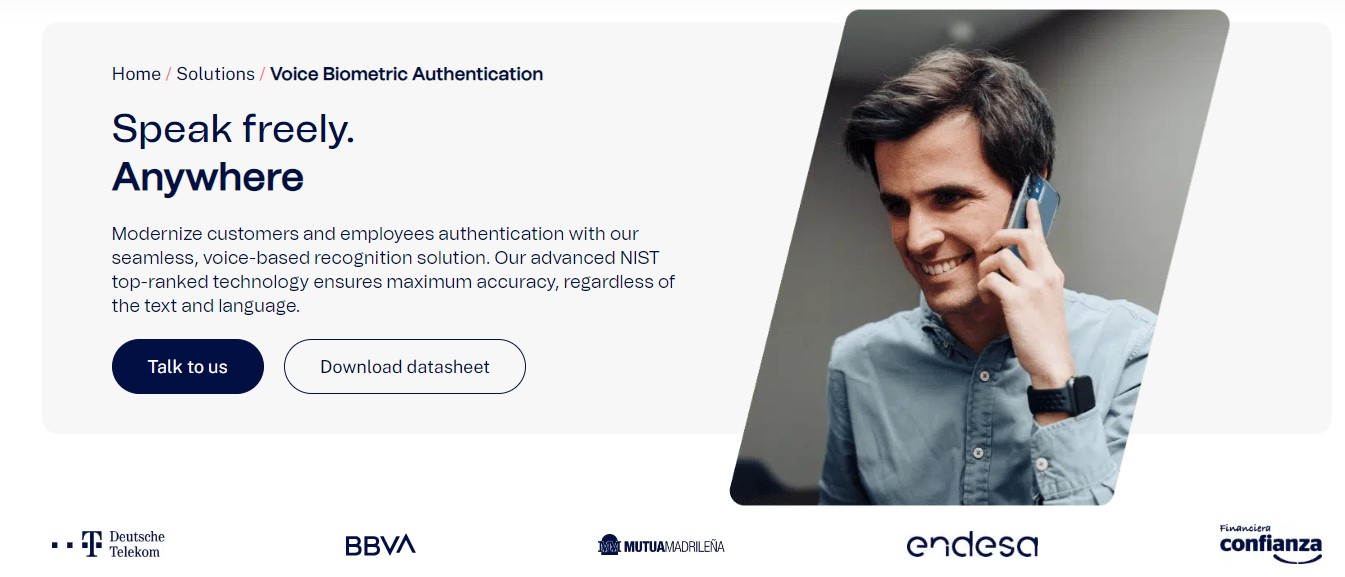
Veridas produces identity verification tools that leverage AI biometrics for exceptional security. The company’s portfolio includes a comprehensive Identity Verification Platform with tools for ID document verification using computer vision, biometric checks based on facial scans and voice prints, and age validation solutions.
For call centers, Veridas offers voice biometrics technology that can authenticate callers in seconds. It can be instantly deployed across many CCaaS platforms including Genesys, Twilio, and Amazon Connect.
Companies can also access features for creating and validating biometric electronic signatures, checking for duplications on ID cards, and comparing shared information from a customer with government-recorded information.
Best for: Companies that need robust, multi-modal biometric authentication solutions (voice, face, and digital onboarding).
ID R&D
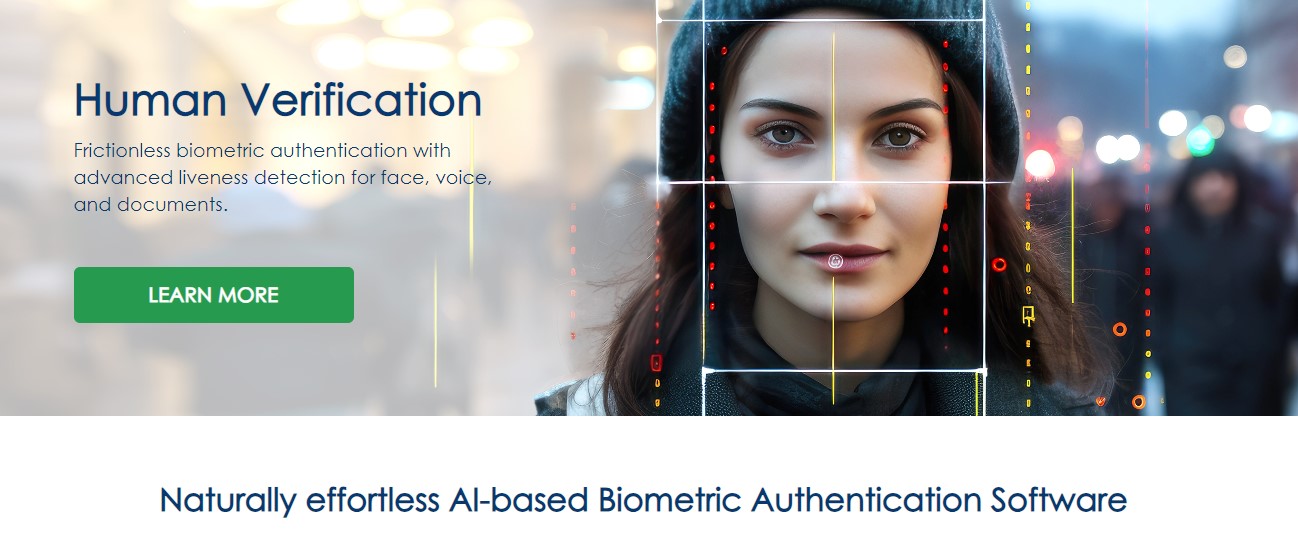
ID R&D offers a host of tools for contact center security and caller authentication, including its IDLive voice solution for protection against spoofing and IDVoice for voice biometrics. The company’s packaged solution, IDFraud, is an all-in-one solution for pinpointing fraud attempts without disrupting customer experiences.
The technology can compare the voices of callers opening new accounts against a database of known fraudster voices. It can also analyze voice recordings to stop legitimate users from losing access to their accounts in the future.
The all-in-one solution also comes with speaker diarization to quickly isolate and analyze multiple voices in call center recordings and split them into individual files.
Best for: Companies looking for cutting-edge biometric authentication technologies, including voice, face, and behavioral biometrics.
Phonexia
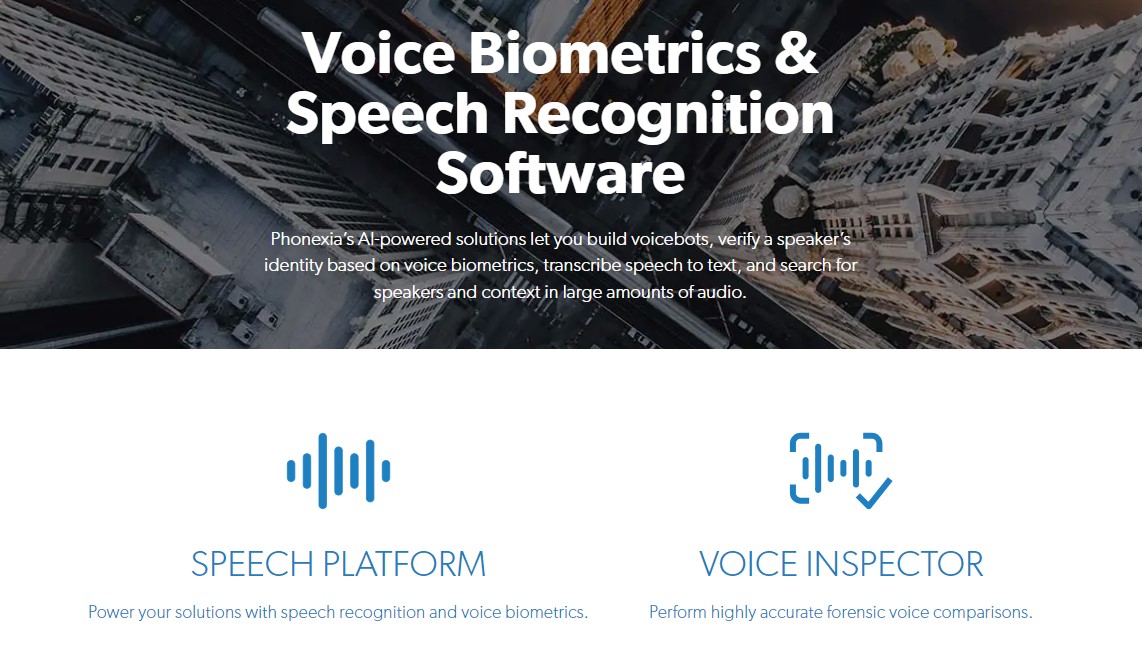
Phonexia is a leading provider of AI-powered voice biometrics and speech recognition software. The company’s cutting-edge technologies are powered by the latest advancements in artificial intelligence, phonetics, acoustics, and voice biometrics.
With Phonexia, companies can access speaker identification tools, which can automatically analyze the voiceprint of each contact and provide instant verification for call center agents, smart IVRs and conversational AI platforms. The company's main focus is on government and public safety applications.
The company also offers a range of remote identity verification tools, for identifying both employees and customers, without the need for passwords and usernames.
Best for: Organizations looking for speech technology and voice biometrics solutions in the law enforcement and public safety sectors.
VoicePIN
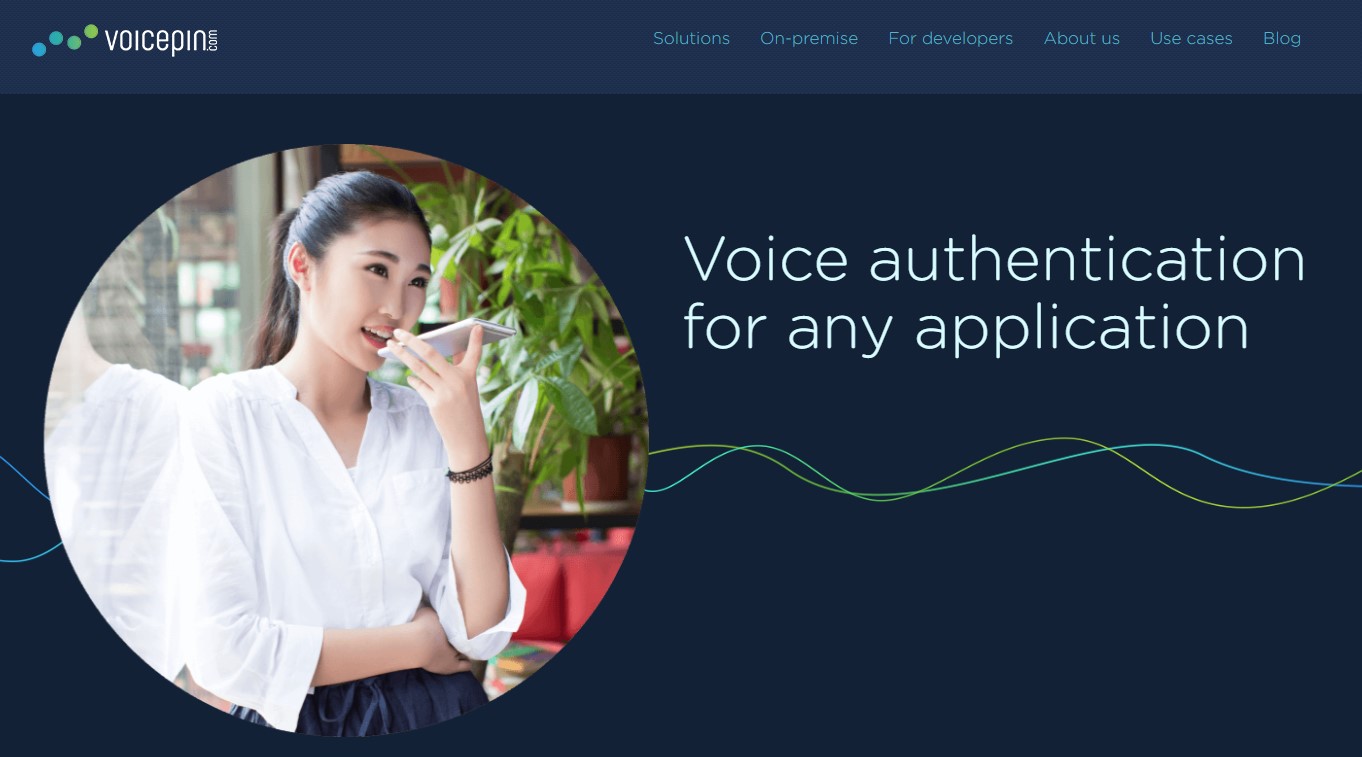
Another company focusing on biometric call center authentication, VoicePIN produces an intelligent API that can easily connect to any customer interaction channel. The solution examines each caller’s voiceprint using a range of signals to determine whether the person calling your contact center is who they claim to be.
With this tool, companies also gain access to configurable sensitivity settings, extended data analysis tools for tracking risk metrics over time, and advanced playback detection. The company also offers access to a set of antifraud tools specifically designed to detect suspicious activity in call centers, voice predictive analytics tools, and an AI-enhanced virtual agent.
VoicePIN’s virtual agent can communicate with customers through your IVR system and validate their identity before routing them to the correct agent or department.
Best for: Businesses seeking a user-friendly voice biometrics solution to streamline call center authentication.
Best Practices for Call Center Authentication
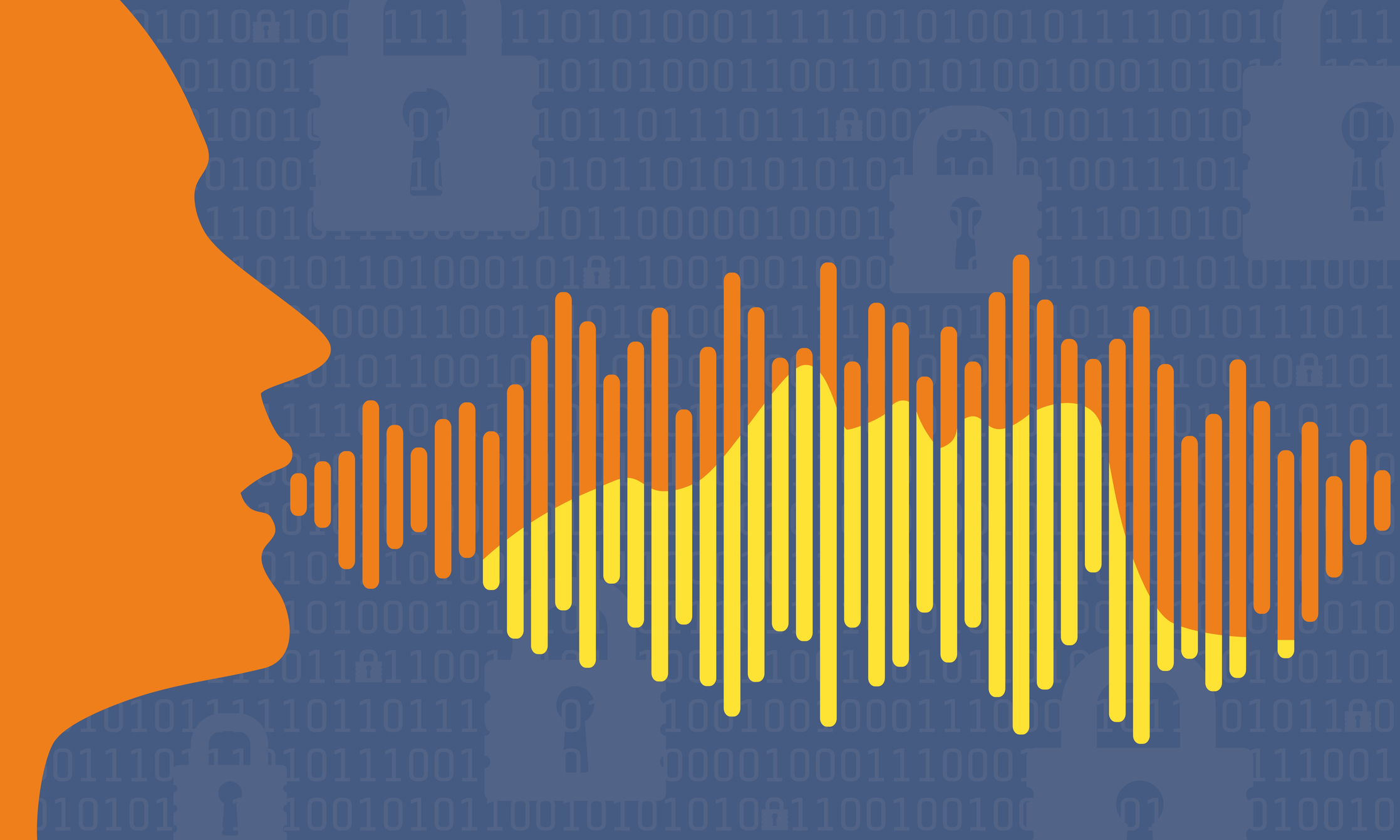 While there’s no one-size-fits-all method for implementing call center authentication measures, there are some best practices all companies should follow.
While there’s no one-size-fits-all method for implementing call center authentication measures, there are some best practices all companies should follow.
Use a Layered Security Approach
Call centers face a variety of security threats, and a single authentication method may not be enough to guard against all types of threats. Therefore, a key strategy for boosting your call center’s authentication protocols is taking a layered approach. A layered security approach provides multiple levels of defense, making it significantly harder for criminals and bad actors to gain access to sensitive customer information. If one layer of security is compromised, additional layers will continue to provide protection.
Focus on Employee Training
A crucial part of building an effective call center authentication strategy is ensuring all team members are trained to follow and implement the same processes when validating customers. You should also train agents to recognize suspicious behavior and adhere to authentication protocols rigorously. Likewise, it’s important to regularly update staff on new authentication methods and potential security threats.
Leverage Data Encryption
Data encryption involves using strong algorithms to ensure stored and transferred information, including phone calls and recordings, can’t be accessed by external parties. There are many ways to encrypt data, both during transit and at rest. Regardless of the encryption method that is used, they all help to ensure that sensitive information remains protected from potential threats. Implementing strong data encryption also demonstrates a commitment to data security, which can enhance customer trust and confidence in your organization.
Robust Password Management
Passwords are still a common solution for authentication, but they need to be implemented correctly. Encourage customers to create strong, unique passwords or PINs that are difficult to guess. Provide guidelines for password complexity and regularly prompt users to update their credentials. Customers and employees alike need to use passwords that are unique for every account, and these passwords should be regularly updated, particularly after evidence of a data breach.
Monitor, Analyze and Improve
The best approach to call center authentication isn’t set it and forget it. Instead, optimizing call center authentication involves a comprehensive approach. First off, it's essential to define key performance indicators (KPIs) such as authentication success/fail rate, average authentication time, fraud rate, and customer satisfaction. You should then perform regular audits and assessments using customer feedback and data-reporting tools to help identify areas for improvement. By conducting audits on a regular basis, you can improve your call center authentication processes, leading to a better customer and agent experience.
Choose the Right Software
Choosing the right authentication software requires a thorough evaluation of your business needs, security requirements, customer experience goals, and compliance obligations. Here are some factors to consider when selecting the appropriate software:
- Scalability and flexibility: Choose a software solution that can scale with your business. The solution should be flexible enough to accommodate new authentication methods and adjust to changing call volumes or operational demands.
- Data analytics and reporting: Look for a software solution with advanced analytics and reporting capabilities. For example, industry-leading solutions can offer insights into authentication attempts, success rates, and potential security threats. These insights can help refine your authentication methods and improve security over time.
- Integration with existing systems: The authentication software should seamlessly integrate with your current call center technology stack, including CRM systems, call routing software, and customer databases. Try to find a solution that won’t require significant changes or disruptions during deployment.
- Compliance features: Ensure the software supports compliance with relevant industry regulations and standards, such as GDPR, HIPAA, and PCI DSS.
Future Trends in Call Center Authentication
In the future, call centers will likely experience wider adoption of advanced biometric technologies like voice and facial recognition.
Biometric technologies make the verification process smooth and secure, eliminating the need for passwords or PINs. Artificial intelligence and machine learning will be crucial in making these systems smarter, allowing them to recognize patterns and spot any unusual activity more effectively, thus boosting both security and the quality of customer interactions.
On the other hand, AI-generated deepfakes pose a major threat to voice biometrics solutions.
There will also be a move towards using these verification methods across all customer service channels, including phone calls, web chats, and social media. As more customer interactions happen on omnichannel contact center platforms, the focus will be on keeping these exchanges safe without making them complicated for customers.
Summary
Authentication is an essential part of any security and compliance strategy in modern call centers. It helps to ensure you can protect the data of your customers, fight back against rising instances of fraud, and protect your brand’s reputation.
If you're looking to develop a thorough security strategy for your call center, schedule a call with a ComputerTalk expert. We can provide information on different call center authentication solutions and various integration possibilities.
More from our blog
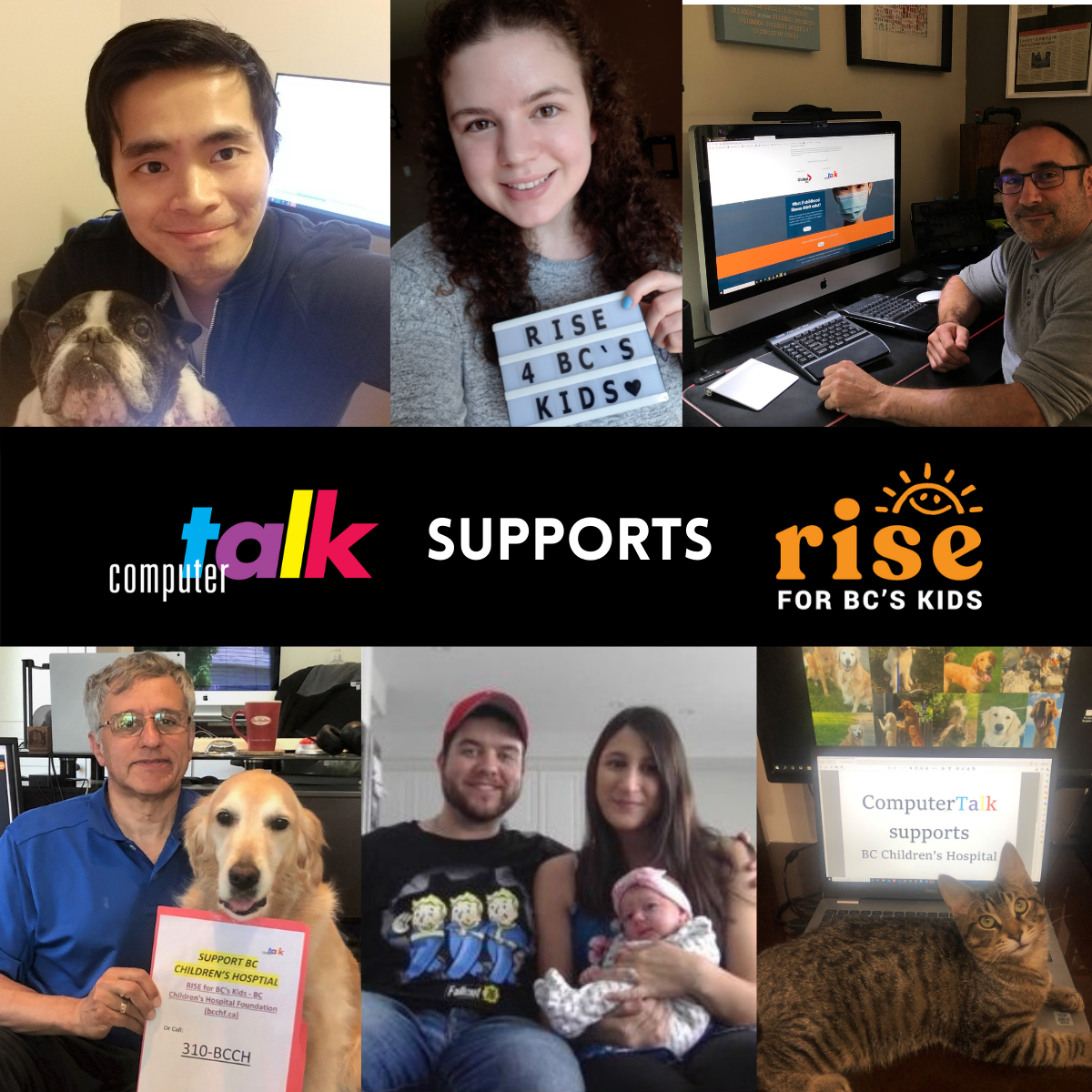 ComputerTalk is excited to announce that we will be sponsoring RISE for BC’s Kids, an annual television broadcast in support of BC Children’s Hospital Foundation (BCCHF).
ComputerTalk is excited to announce that we will be sponsoring RISE for BC’s Kids, an annual television broadcast in support of BC Children’s Hospital Foundation (BCCHF).
 If you’ve ever contacted an organization’s customer support, you know how beneficial it can be to have the option to use webchat instead of a voice call.
If you’ve ever contacted an organization’s customer support, you know how beneficial it can be to have the option to use webchat instead of a voice call.
 Ten years ago, I joined ComputerTalk as a junior project manager, eager to learn and contribute. Looking back, I realize how pivotal that decision was for my career. ComputerTalk provided the perfect environment for growth—one that values trust, collaboration, and...
Ten years ago, I joined ComputerTalk as a junior project manager, eager to learn and contribute. Looking back, I realize how pivotal that decision was for my career. ComputerTalk provided the perfect environment for growth—one that values trust, collaboration, and...


